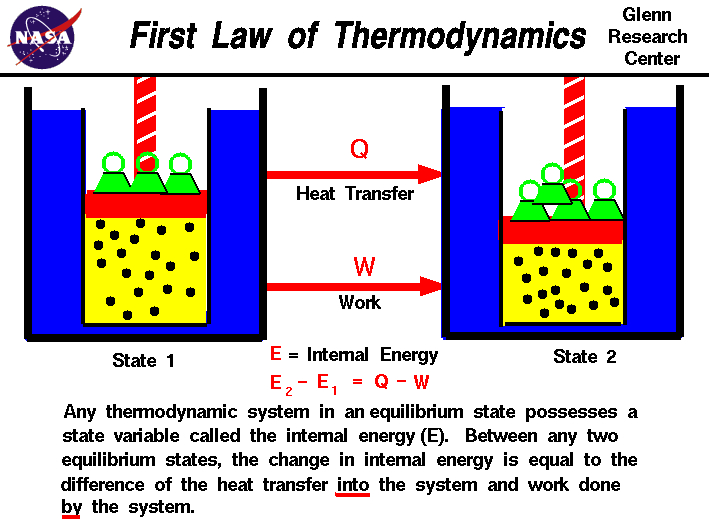
In the first two examples, thermal energy (dispersed) gets concentrated into organized kinetic energy of a macroscopic object- a book, a propellor. What do all these scenarios that conform to the First Law but are neverthless never seen to occur have in common? In every case, energy becomes less spread out, less "diluted". (To the extent that air behaves as a perfect gas, this doesn't involve the First Law at all.)

According to the First Law, there is no reason why placing pre-warmed book on a warmed table top should not be able to propel the book back into the air. The kinetic energy contained in the falling book is dispersed as thermal energy, slightly warming the book and the table top. Suppose you drop a book onto a table top.


For simple mechanical operations on macroscopic objects, the First Law, conservation of energy, is all we usually need to determine such things as how many joules of energy is required to lift a weight or to boil some water, how many grams of glucose you must metabolize in order to climb a hill, or how much fuel your car needs to drive a given distance.īut if you think about it, there are a number of "simple mechanical operations" that never occur, even though they would not violate energy conservation.


 0 kommentar(er)
0 kommentar(er)
